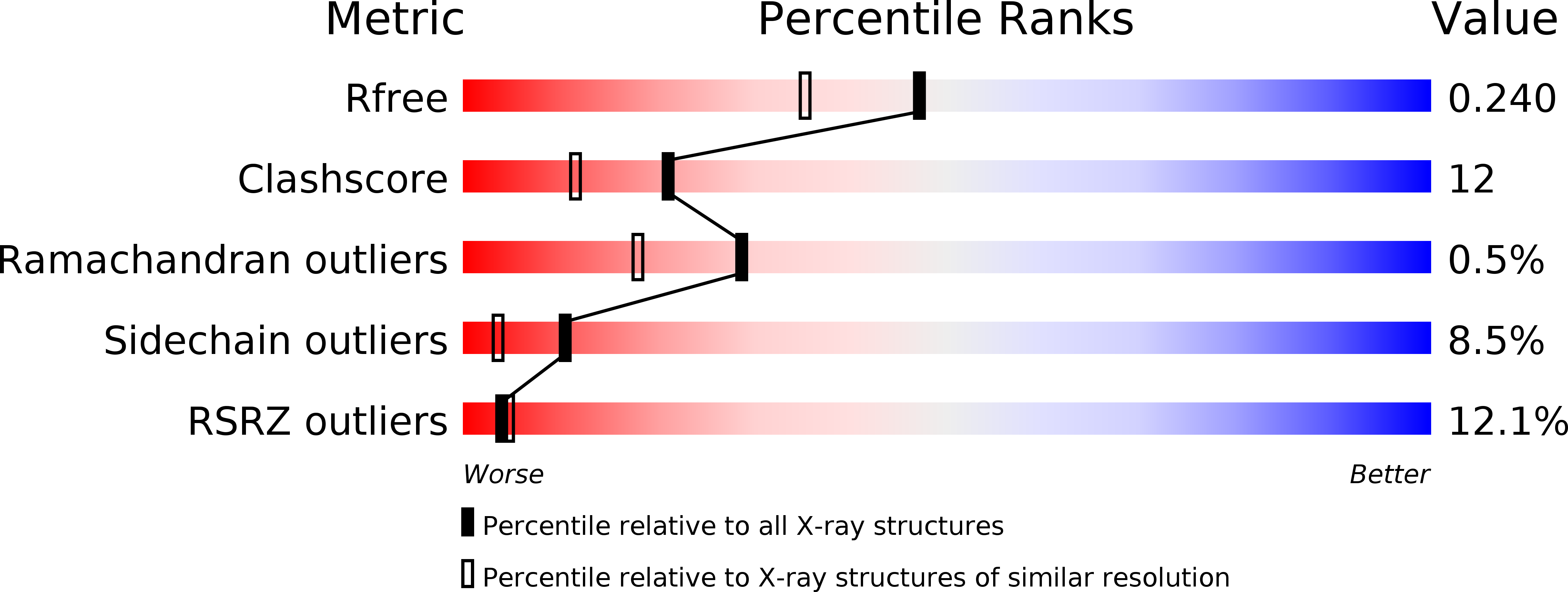
Deposition Date
1999-04-12
Release Date
2000-04-19
Last Version Date
2024-10-30
Entry Detail
PDB ID:
1QFL
Keywords:
Title:
BIOSYNTHETIC THIOLASE FROM ZOOGLOEA RAMIGERA IN COMPLEX WITH A REACTION INTERMEDIATE.
Biological Source:
Source Organism:
Zoogloea ramigera (Taxon ID: 350)
Host Organism:
Method Details:
Experimental Method:
Resolution:
1.92 Å
R-Value Free:
0.25
R-Value Work:
0.20
Space Group:
P 1 21 1


